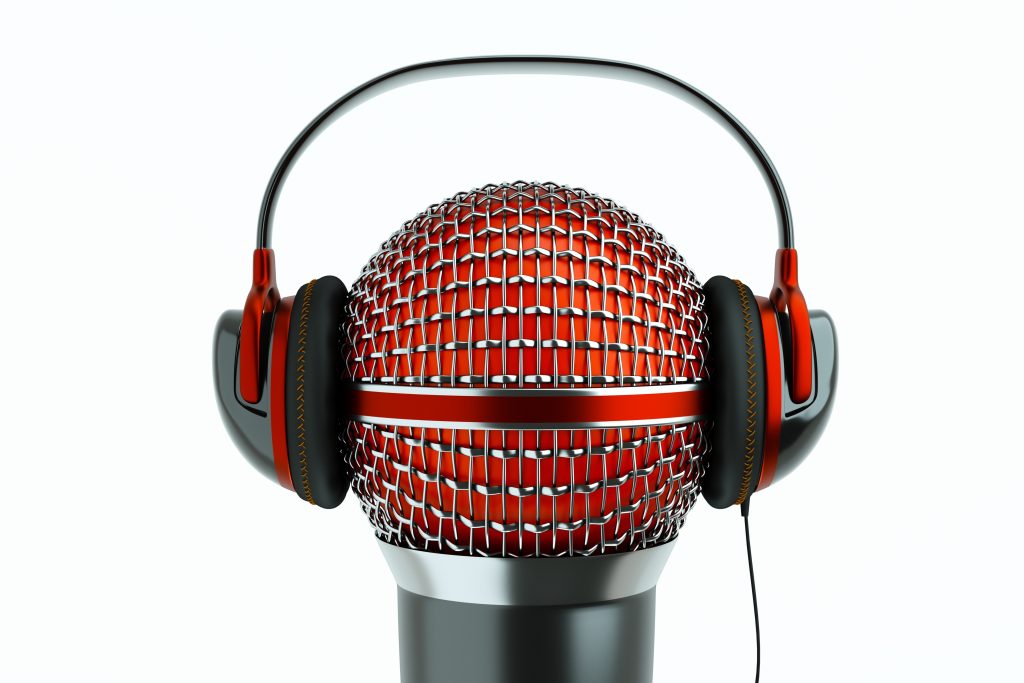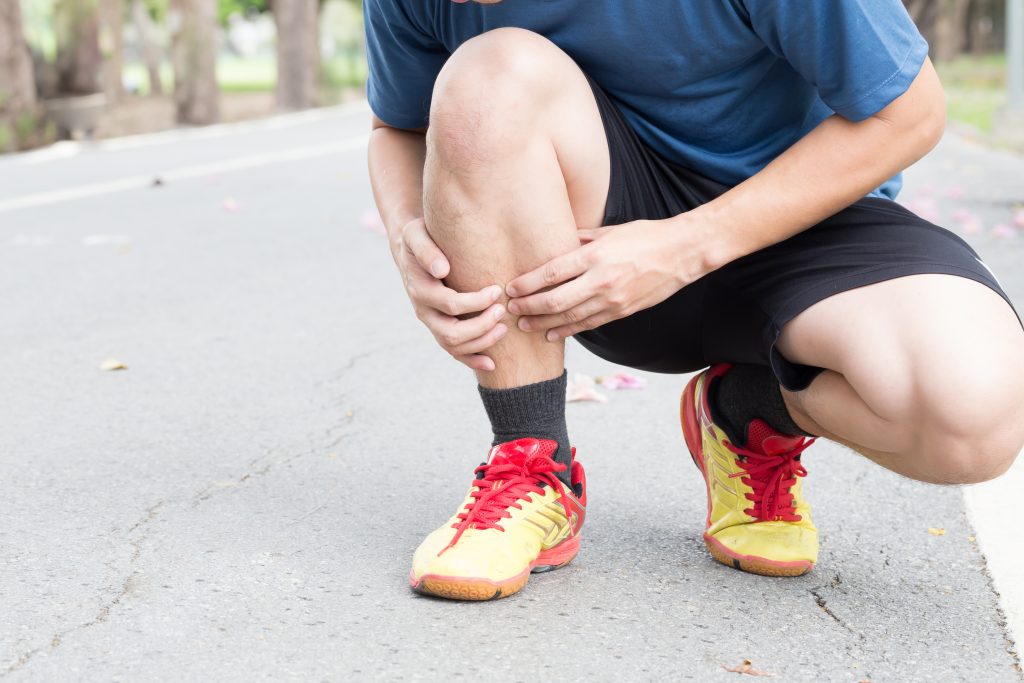Remember that iconic and hilarious scene from the movie Billy Madison when Billy (Adam Sandler), upon realizing one of his classmates embarrassingly peed his pants, attempts to “normalize” the situation by pretending to also pee his pants, thus reframing the unfortunate situation into something that’s not only desirable to do, but something everyone thinks is “cool” and will make you popular.
Remember that?
Well, in fitness, we encourage people to pee their pants.

Wait, Stop, It’s Just a Metaphor
Please don’t go and pee your……..
Goddamit.
I can’t take you anywhere.
Now, for those of you who didn’t take my words literally (which I hope is all of you), let me attempt to elaborate further on the point I’m trying to make.
It’s a bit of a reach, but I think it’ll make sense.
- Peeing your pants isn’t normal.1
- Similarly, hitting PR’s every day in the gym (or the expectation that you have to) isn’t normal.
To be clear: I am not saying we shouldn’t work hard or strive to push ourselves in the gym. As I’ve been known to say time or two:
“Lifting weights isn’t supposed to tickle.”
Likewise, it’s that drive to do better or to “do more work” week-by-week, month-by-month, and hopefully, because consistency matters most, year-by-year…that will make all the difference in the world.
Not that it needs repeating to my regular readers, but if you’re new (welcome!), the “doing more work” part is kinda important if you want to see continued progress in the gym. You have to provide enough of a (recoverable) stimulus to the body in order to force it to adapt to the demands placed upon it.
If on Day #1 of your fitness journey you found pressing the 30 lb. dumbbells hard, and here it is, Day #287 (<—no small feat) and it’s still hard, you may want to audit your program (or effort).
There has to be a degree of uncomfortableness and/or sucktitude in the process.
It’s just the way things are.
However, Not Always
And this is where things get interesting.2
There’s always been this prevailing notion – especially in this social media age – that workouts have to, at all times, be ballbreakers.
We watch these amazing feats of strength on Instagram and YouTube, or read about someone’s insane workout on Twitter, and we believe that’s what we should be doing also. We’ve been desensitized into believing our workouts don’t count or are pointless unless we leave the gym crawling on all four or we can’t feel the right side of our face.
“Average” workouts are dull, prosaic, and for lammos who don’t really want to work hard and can’t hang with the big dogs.
I could not disagree with this viewpoint more.
The only thing I could possibly disagree more with is Becca choosing Garret over Blake in the latest season of The Bachelorette.
80% Workouts and Why Mediocrity Matters
Giving credit where it’s due, I want to point out that what follows is a concept I stole from strength coach/bodybuilder/fellow brother in baldness, Paul Carter.
There’s a time and place for workouts that crush us, and there’s a time and place to push the envelop with training.
In fact if we did the math, 10% of the time you’ll walk into the gym feeling like a million bucks and that you could beat Rambo in a staring contest.
Conversely, 10% of the time you’ll walk into the gym feeling like a bag of dicks and weights you pwned a week ago suddenly feel like they’re being lifted against the gravitational pull of a Black Hole.
I.e., There’s also a time and place to back off, not be a hero, and listen to your body.
The other 80% of the time – which is almost always – you’re going to show up and just do the work. You’re going to hit all your reps, strain (but not too much), and for all intents and purposes you’re going to complete a mediocre workout.
These are the workouts that matter most.
These are the workouts that build the grit, resiliency, and the base for pretty much all future outcomes.
My friend, Ben Bruno, reverberated a similar message a few days ago:
Remember that behind every impressive physical feat you see are hundreds of basic workouts that person did behind the scenes to build up to it. Displaying strength is very different than building strength, and real results come from consistent hard work over time on the basics.
— Ben Bruno (@benbruno1) July 31, 2018
Battling through the mundane – and accepting it as a necessary component of progress – is a tough pill to swallow for many trainees.
I can’t tell you how many conversations I’ve had with athletes and clients over the years trying to make this concept stick.
“That workout was easy,” for some coaches, is the last thing they want to hear.
For me it’s a sign we’re headed down the right path. A path everyone, in the history of ever, has also travelled and navigated to get where they are today.
Show up, do the work, strain (but not too much), and don’t think you have to pee your pants…;o)







